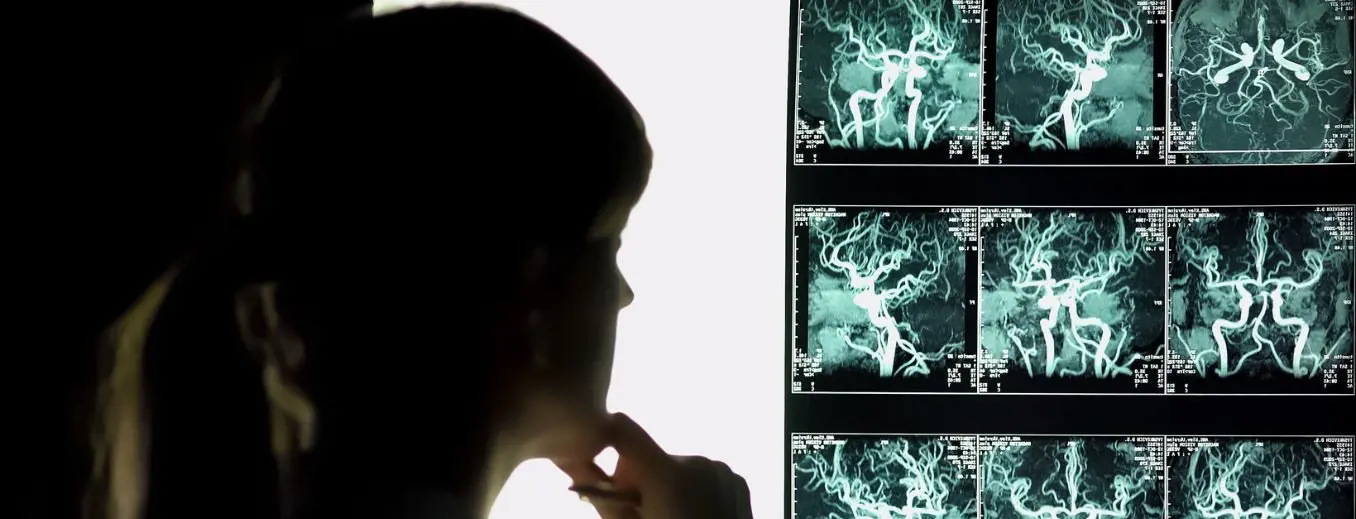Vision Solid tumors are leading cause of cancer-related death worldwide and has continued to increase in incidence and mortality for several decades. Despite new treatments such as combination therapy of immunotherapy and anti-VEGF drugs, prognosis is still dismal with 26.7% response rate to combination therapy. Combination of immunotherapy and locoregional treatments can prolonged survival of patients. Our goal is to establish and provide clinical outcomes description to nerve blocks and ablations for different pain etiologies such as chemotherapy induced neuropathy. We will Characterize g the immune response by neuroinflammatory markers in the blood before and after nerve blocks and ablations. CT-guided nerve block is performed in the relevant anatomic location such as sympathetic trunk, celiac ganglion etc. If the patient responds to treatment, nerve ablation will be performed. We measure clinical outcomes using neuropathic pain questionnaire (NPS) and life quality questionnaire (BPI). Blood samples are collected pre and following the procedure. Patients will be categorized to responders or non-responders and correlation with biomarkers will be performed. Thermal ablation of solid tumors has become an important alternative therapy for patients who disqualify for standard surgical treatment or are in an early tumor stage. In thermal ablation, physicians destroy malignant cells using percutaneous probes that induce heating or cooling in a locally delimited region around a tumor. The main barriers for wide adoption of thermal ablation are the reported significant mismatch between expected and observed tissue damage size and the inability to visualize and control the actual tissue damage morphology in real-time. The goal in tumor ablation is full malignant tissue ablation with a safety margin of 5-10mm, while minimizing the damage to healthy tissue. This tool provides automated segmentation, planning, and intra-procedural navigation abilities. Visual information of Microwave (MW) ablation lesions during clinical liver ablation procedures could improve procedure’s efficacy, safety, and efficiency. Our research goal is establishing 3D tool for real time ablation monitoring. To that end we capture US imaging during ablation in 3D fashion and corelate it with contrast enhanced CT post ablation and long-term ablation outcome. Highlight Publications
Immune effects of cryoablation in woodchuck hepatocellular carcinoma. Imaging, Pathology, and Immune Correlates in the Woodchuck Hepatic Tumor Model Hydrogel drug delivery systems for minimally invasive local immunotherapy of cancer. Evaluation of immune-modulating drugs for use in drug-eluting microsphere transarterial embolization Comparative analysis of the immune response to RFA and cryoablation in a colon cancer mouse model
The role of Interventional Radiology (IR) in medical practice is increasingly central, as it combines diagnostic imaging expertise with minimally invasive, image-guided procedures to treat a wide range of conditions across many specialties. IR offers alternatives to traditional surgery by using image guidance (e.g., ultrasound, CT, fluoroscopy) to perform procedures through small incisions. This results in: Less pain, lower complication rates, shorter hospital stays and faster recovery. IR overlaps with multiple medical fields, offering solutions in oncology, vascular medicine, gastroenterology & hepatology, nephrology & urology, pain management, women's health and men's health. Our laboratory is well-suited for translational studies due to direct access to diseased tissue (via biopsies or ablation), ability to deliver localized therapy, minimizing systemic toxicity, enables personalized treatment approaches, such as:
• Tumor microenvironment characterization
• Real-time monitoring of therapy response via imaging biomarkers
IR is inherently multidisciplinary, enabling collaborations with:
• Oncologists, surgeons, pathologists, and data scientists
• Research in areas like immuno-oncology (e.g., combining ablation with immunotherapy)
• Enhancing understanding of disease mechanisms via serial biopsies or perfusion imaging
Team
List of active projects
Locoregional treatments (LRT) are ablation, embolization, and chemoembolization.
Our goal is to characterize transcriptomic patterns and markers of immunosuppression in the tumor microenvironment in cancer patients pre- and post-LRT. We hypothesize that LRT promotes unfavorable immunosuppression transcriptomic tumoral expression in non-responders. Paired biopsies pre- and post-LRT treatment will be collected from cancer patients and will be analyzed using Single cell RNA-sequencing (scRNA-seq). Analysis of paired tumor biopsies pre- and post-LRT cannot be found in the literature to date and together with scRNA-seq method can shed light on key elements that regulate response to treatment even with low sample size.
These bioinformatics analyses could identify new immune targets that may lead to the development of new immune therapies and significantly improve patient survival.
Current funding
Michal Mauda-Havakuk , Natalie M Hawken, Joshua W Owen , Andrew S Mikhail, Matthew F.
Starost, Baktiar Karim , Paul G Wakim, Olga L Franco-Mahecha, Andrew L Lewis, William F
Pritchard, John W Karanian, Bradford J Wood. Journal of Hepatocellular Carcinoma. 2023, Nov 6:10:1973-1990.
Michal Mauda-Havakuk, Andrew S Mikhail, Matthew F Starost, Elizabeth C Jones, Baktiar Karim, David E Kleiner, Ari Partanen, Juan A Esparza-Trujillo, Ivane Bakhutashvili, Paul G Wakim, Michael T Kassin, Andrew L Lewis, John W Karanian, Bradford J Wood, William F Pritchard.
J Hepatocell Carcinoma, 2021 Mar 9:8:71-83.
Andrew S. Mikhail, Robert Morhard, Michal Mauda-Havakuk, Michael Kassin, Antonio Arrichiello, Bradford J. Wood. Advanced Drug Delivery Reviews. 2023 Nov:202:115083
Andrew S Mikhail & Michal Mauda-Havakuk, Ayele H Negussie, Natalie Hong, Natalie M Hawken, Camella J Carlson, Joshua W Owen, Olga L Franco-Mahecha, Paul G Wakim, Andrew L Lewis, William F Pritchard, John W Karanian, Bradford J Wood. Internetional Journal of Pharmaceutics, 2022 Feb, Volume 616, 121466.
Michal Mauda-Havakuk & Natalie M Hawken, Joshua W Owen, Baktiar Karim, Paul G Wakim, Andrew L Lewis, William F Pritchard, John W Karanian, Bradford J Wood.
Scientific Reports. 2022 Oct,12, 18229.



